By 2024, the total area of autumn-winter rice crop will reach 10,664 hectares, exceeding the plan by 129.3%. Of which, 9,981 hectares will be left uncultivated and 682 hectares will be used for crop rotation. In addition, the area of rice land converted to other crops will reach 7,468 hectares, exceeding the plan by 29.3%. In particular, Tan Phu Dong district has completely converted and no longer produces rice - a clear demonstration of the effectiveness of the Project.
The project has brought about remarkable economic efficiency. According to statistics, farmers who cut the leafy vegetable crop brought in profits of up to 453.7 million VND/ha/year, 7.3 times higher than rice cultivation. Green-skinned grapefruit trees reached 274.7 million VND/ha/year (4.4 times higher), jackfruit reached more than 233 million VND/ha/year, red-fleshed dragon fruit 215.4 million VND/ha/year. In particular, the rice - vegetable - vegetable rotation model brought in profits of 174.2 million VND/ha/year, 2.8 times higher than 3-crop rice.
In addition to economic benefits, crop cutting helps protect crops from saltwater intrusion. Since 2018, reducing one rice crop per year has helped Tien Giang avoid an estimated loss of about VND3,000 billion. At the same time, the province has saved hundreds of billions of VND to support recovery after natural disasters, while reducing pressure on irrigation water resources.
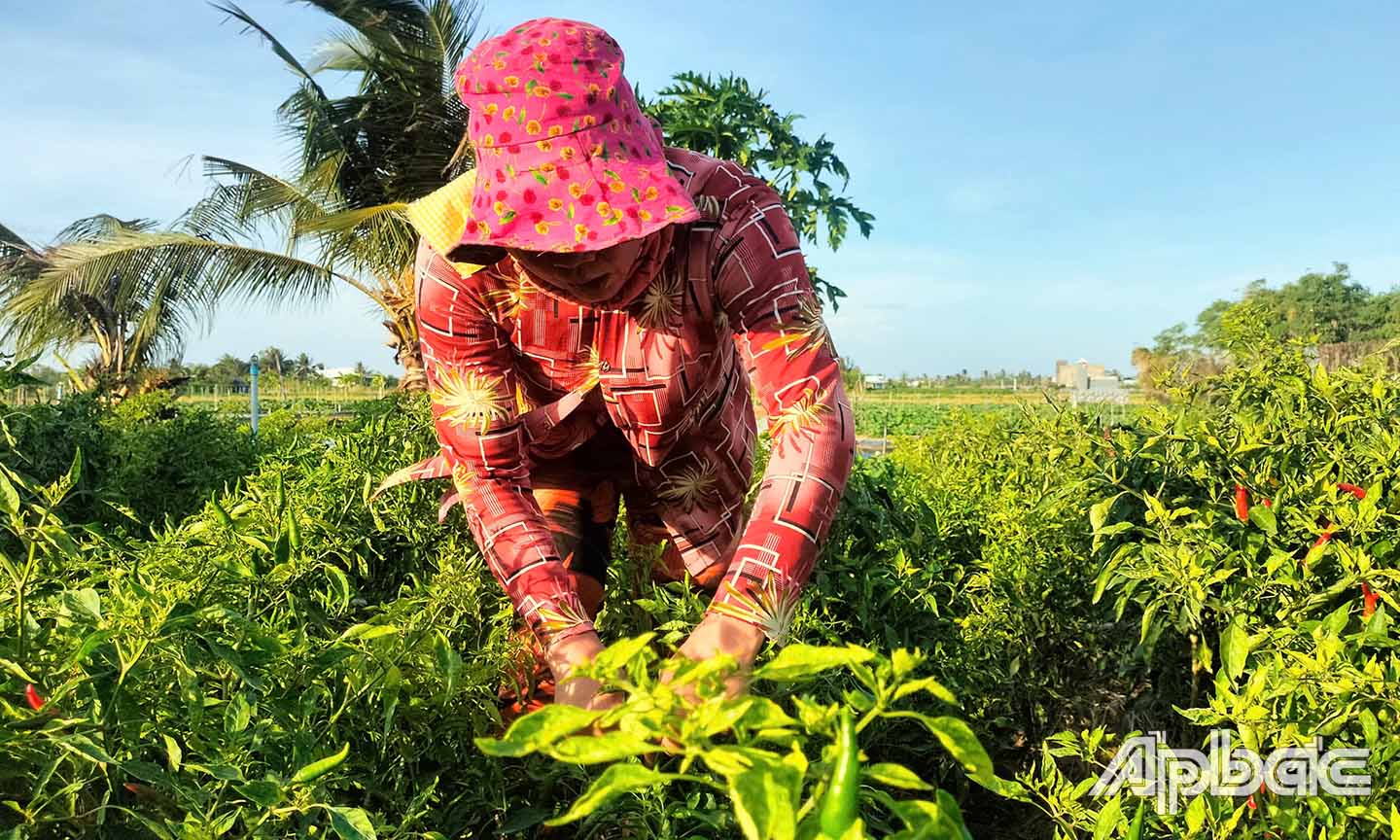 |
| Crop cutting and crop conversion help people in the eastern districts of Tien Giang province increase their income many times compared to rice cultivation. |
The project also promotes the development of safe, high-tech production. To date, 49 facilities have achieved GAP certification with an area of 686 hectares, with an output of more than 25,000 tons/year. Models of water-saving irrigation, organic production, digital technology application, and mechanization have been replicated throughout the project area, especially in rice, dragon fruit, grapefruit, and vegetable cultivation.
From a social perspective, the Project has helped form concentrated specialized farming areas, improving farmers' techniques through more than 4,400 training sessions, training nearly 134,000 people. At the same time, 37 new agricultural cooperatives have been established, participating in effective production and consumption chains of agricultural products.
Comrade Pham Van Trong, Member of the Provincial Party Committee, Vice Chairman of the Tien Giang Provincial People's Committee highly appreciated the results of the Project proposed and advised by the Department of Agriculture, in which the role of departments, branches, local authorities at district and commune levels, the support of people in the Project area, the active participation of the Fatherland Front and related mass organizations in mobilizing people to participate in the Project. The Project has brought high efficiency, both in terms of economy, society, and environment, and is agreed by most people, in which the conversion of fruit trees or vegetables on rice land brings economic efficiency 2.4 - 10.3 times higher than rice cultivation, rice - vegetable rotation with an average profit of 142 million VND/ha, 2.8 times higher than monoculture of rice.
The project has also helped create more jobs and income for rural residents, and the production level of farmers in the project area has been improved. Technical infrastructure serving production has been invested and upgraded to serve production; crop cutting and conversion to dryland crops have helped reduce environmental pollution, reduce greenhouse gas emissions, reduce the use of pesticides, etc.
According to the Department of Agriculture and Environment of Tien Giang province, from 2025 onwards, Tien Giang province will continue to flexibly maintain the cropping area each year, based on close monitoring of drought, salinity and specific irrigation conditions. Areas that have formed 2-crop rice production in Go Cong Dong district, Go Cong city will continue to maintain a stable scale, ensuring production safety and protecting water resources. At the same time, areas that still produce 3 crops are still encouraged to maintain when water sources are guaranteed, but will also be considered for adjusting the crop season when necessary.
At the same time, crop conversion will not stop but continue to expand in a selective manner, closely following market demand and soil conditions in each region. Crops that have brought economic efficiency such as vegetables, grapefruit, jackfruit, dragon fruit, etc. will be encouraged to expand, forming larger-scale concentrated production areas. The province also aims to build a synchronous infrastructure system to support production - from dike systems, dams, pumping stations, to electricity, intra-field traffic and post-harvest processing and preservation facilities.
In the context of agricultural production being increasingly affected by extreme weather, Tien Giang will pay special attention to the application of science and technology, from automatic irrigation technology, greenhouses, to organic production models, VietGAP and digital transformation. The goal is to both increase the value of agricultural products and protect the environment and land and water resources.
In addition, Tien Giang will also promote product consumption linkage models between farmers - cooperatives - enterprises; at the same time, promote trade to expand the market for converted agricultural products. Cooperatives will have their management capacity enhanced, gradually forming a sustainable value chain from production to consumption, minimizing intermediaries, ensuring benefits for producers.
C.WIN
Source: https://baoapbac.vn/kinh-te/202505/tien-giang-chuyen-doi-de-thich-ung-voi-bien-doi-khi-hau-1043752/



![[Photo] Prime Minister Pham Minh Chinh meets with Hungarian President Sulyok Tamas](https://vphoto.vietnam.vn/thumb/1200x675/vietnam/resource/IMAGE/2025/5/29/dbcaa73e92ea4448a03fe1d0de6d68e8)
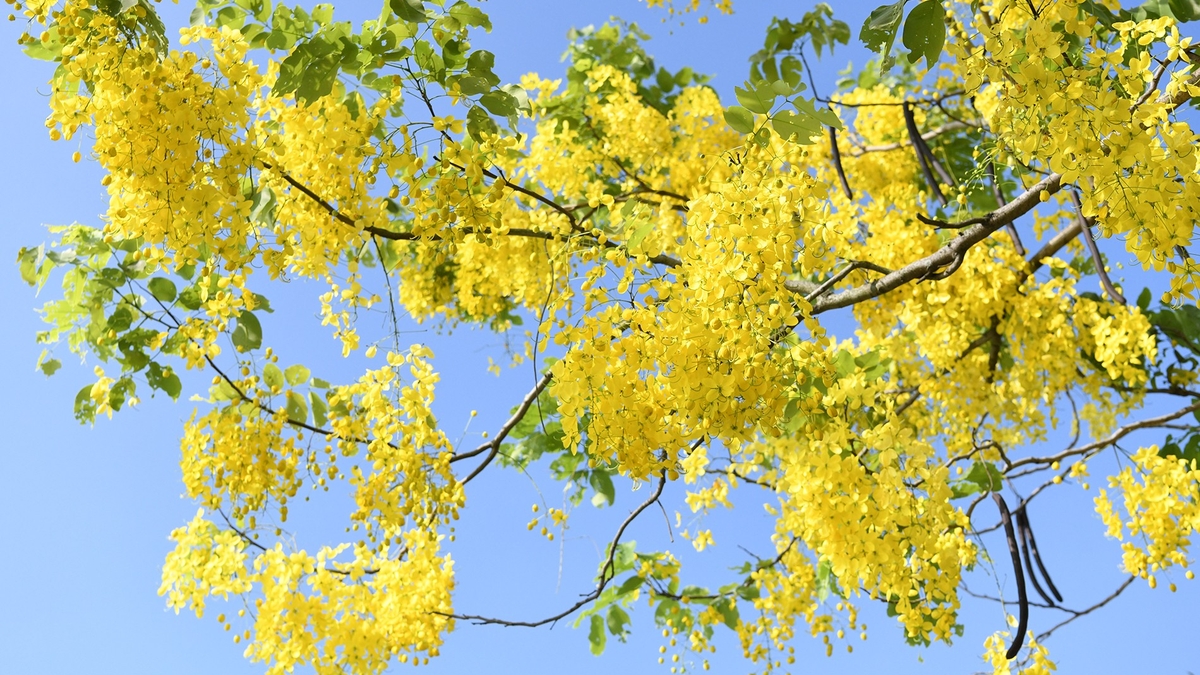
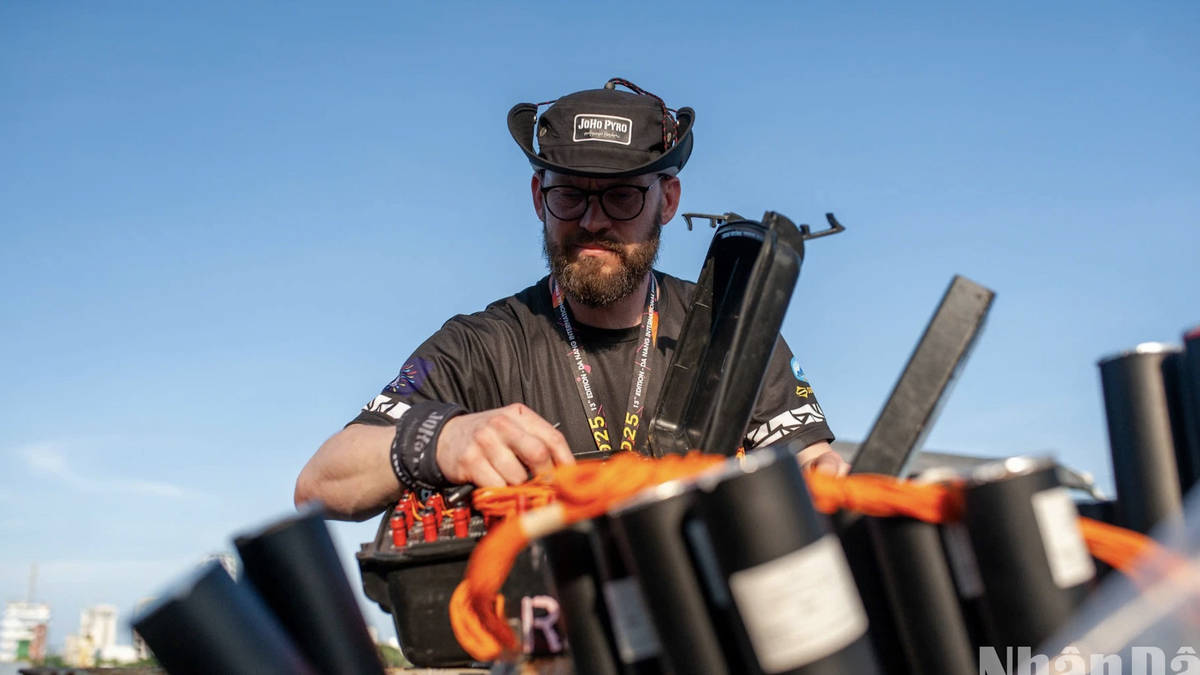
![[Photo] Vietnamese and Hungarian leaders attend the opening of the exhibition by photographer Bozoky Dezso](https://vphoto.vietnam.vn/thumb/1200x675/vietnam/resource/IMAGE/2025/5/29/94d8ceca5db14af3bf31285551ae4bb3)

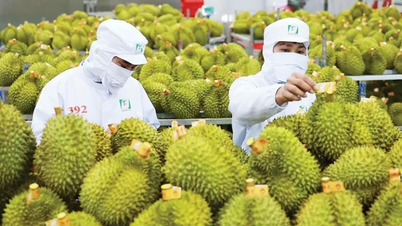



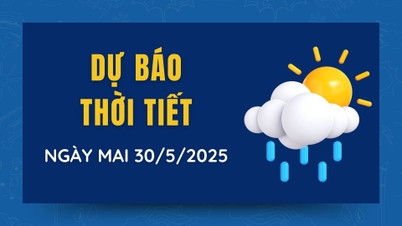


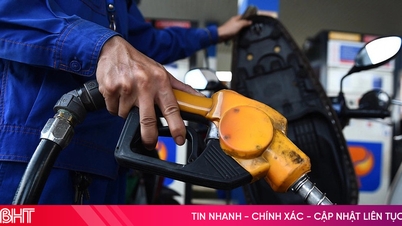

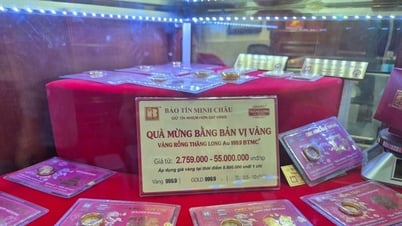





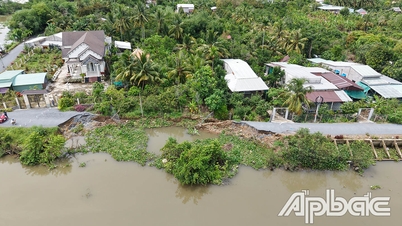
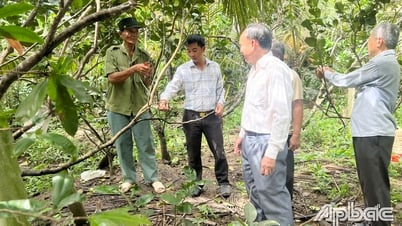
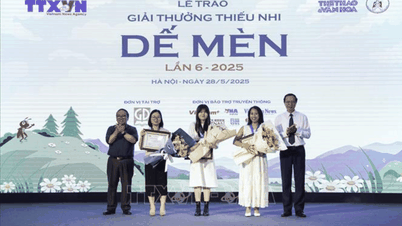
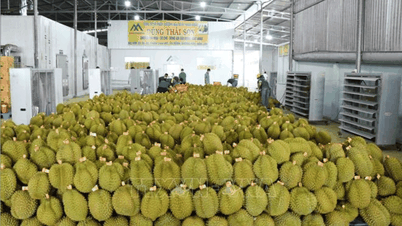
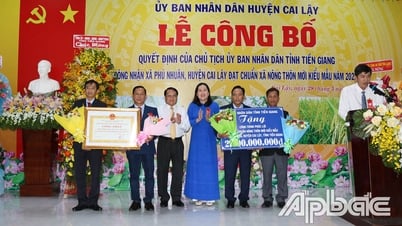
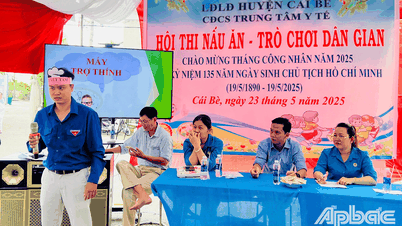
![[Photo] Prime Minister Pham Minh Chinh receives a bipartisan delegation of US House of Representatives](https://vphoto.vietnam.vn/thumb/1200x675/vietnam/resource/IMAGE/2025/5/28/468e61546b664d3f98dc75f6a3c2c880)



























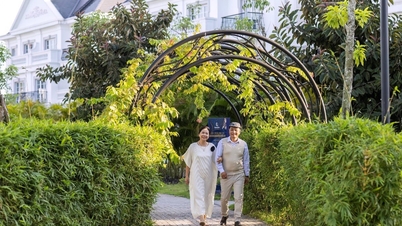

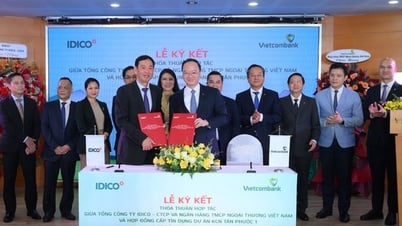





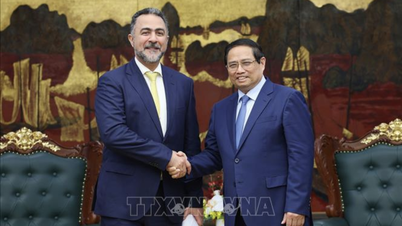


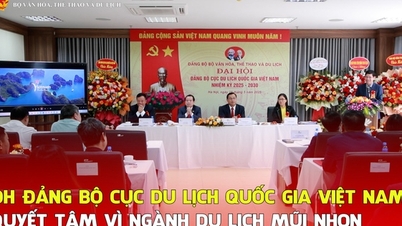
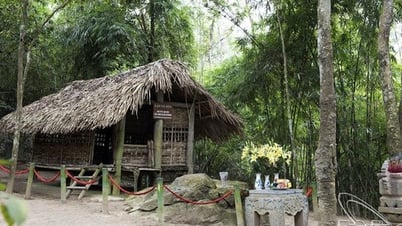
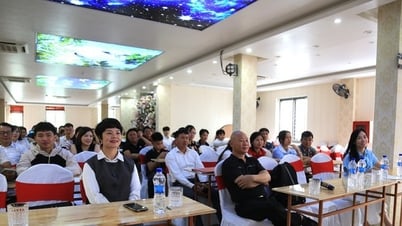
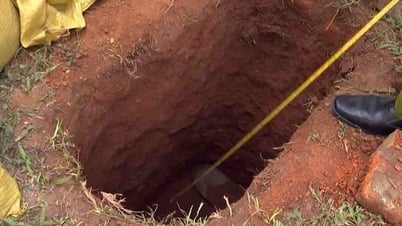
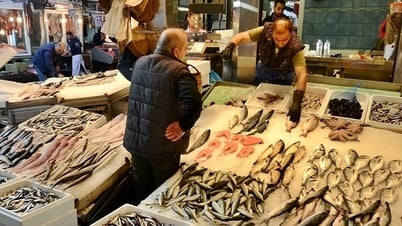



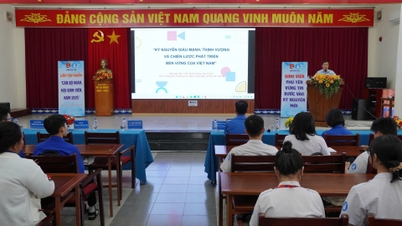


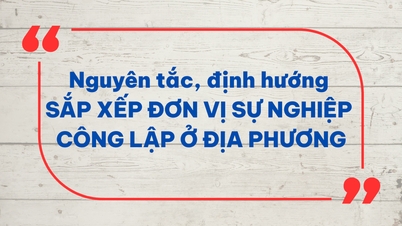








Comment (0)